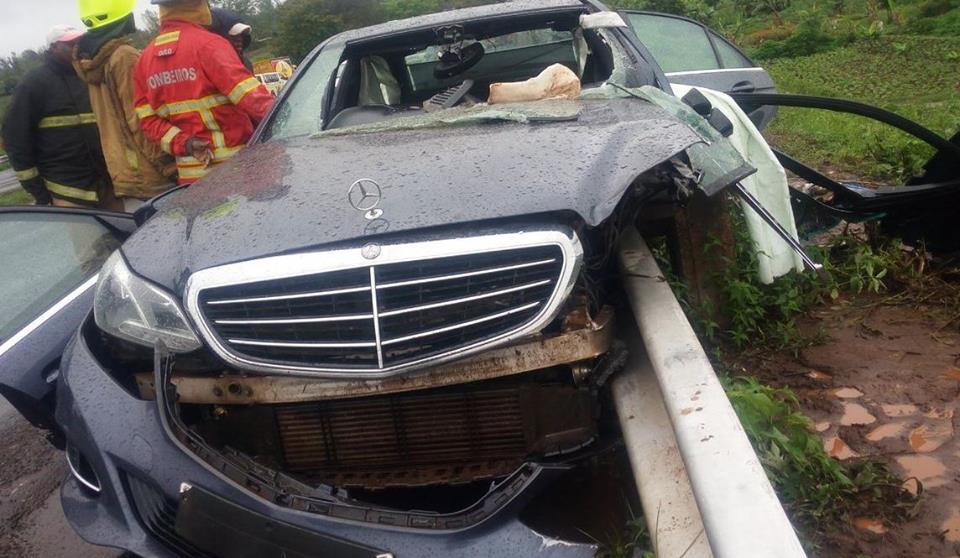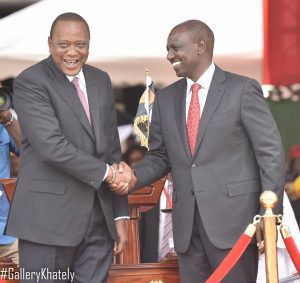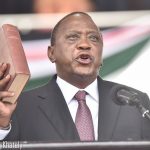VIPs Are The Most Careless Drivers
In 2002, presidential candidate Mwai Kibaki was involved in a freak accident that could have altered the direction of our country. That accident was avoidable; the driver was speeding in the rain.
Governor Gakuru Wahome didn’t have to die either. In his own confession, Samuel Kinyanjui, the governor’s driver, said he was driving at a speed of between 105 and 110 kilometres per hour. Just like Kibaki’s driver in 2002, who almost robbed this country of a president, the driver was speeding in the rain.
The death of the Nyeri Governor is not shocking to me. I am even surprised that there are such few road accidents involving VIPs. Kenyan politicians, cabinet secretaries, parastatal CEOs and even police officers. The worst driven cars on our roads are no longer probox, or miraa vehicles but the Prados, Ranger Rovers and Mercedes Benzes most beloved of politicians.
In July 2017, a police car in the presidential motorcade was involved in an accident that left six people injured. In July 2000, President Moi’s motorcade was involved in an accident with a matatu after his motorcade took a short-cut, avoiding the roundabout. The Kenya Traffic Act does not exempt anyone from following traffic regulations. Yet we allow drivers of big cars, be it politicians or drunk CEOs, to endanger our lives. We give way to them when they overlap. We let them drive like they own us and the roads we drive on.
The “big man syndrome” that allows one to think that you’re exempt from obeying the law because you’re a prominent public figure is what killed Governor Gakuru. Past incidents involving Pastor Ng’ang’a and musician Jaguar, both of whom are in court today on careless driving charges leading to the deaths of three people should serve as a wake-up call for us to seriously address Kenya’s culture of reckless driving.
It’s also shameful for a country struggling to pay its debts that the biggest buyer of expensive cars is the Kenyan government and that, instead of equipping our public hospitals, we take our politicians to private hospitals.
President Kibaki was treated in London after his road accident. His wife, former First Lady Lucy Kibaki died in a London hospital. Note that Kibaki joined politics in 1960. He was in public service for 52 years, he served as Finance minister for 13 years, vice president for 10 years and president for 10 years yet in 52 years, there was not a single hospital that could treat him or his wife.
It is an indictment on the government that when accidents occur, it’s the Kenya Red Cross, a non-governmental organisation, that responds to accidents first. Dr Gakuru may not have died if the first responders had been equipped with the “jaws of life”- a hydraulic apparatus used to pry apart the wreckage of crashed vehicles in order to free trapped passengers. Every police station, hospital and ambulance should have this equipment because it costs only between Sh200,000 to Sh1.5 million. Dr Gakuru was trapped in his own vehicle, bleeding for 40 minutes. When they managed to remove him, he was first rushed to Thika Level Four Hospital, a public hospital, but succumbed to his injuries on arrival. More reason for politicians to invest in public hospitals because those neglected facilities could be the nearest port of call.
Road accidents are preventable. The National Transport and Safety Authority (NTSA) says the major cause of road accidents in Kenya is speed. Unfortunately, a speeding politician’s car is saluted, not arrested. I would, therefore, like to urge you to take pictures of cabinet secretaries, MPs, or any other person who’s speeding, overlapping or driving recklessly. If the police will not arrest the lawbreakers, we shall shame them. Hashtag #KillerDriverKE. Twende kazi.




